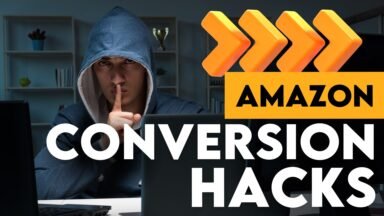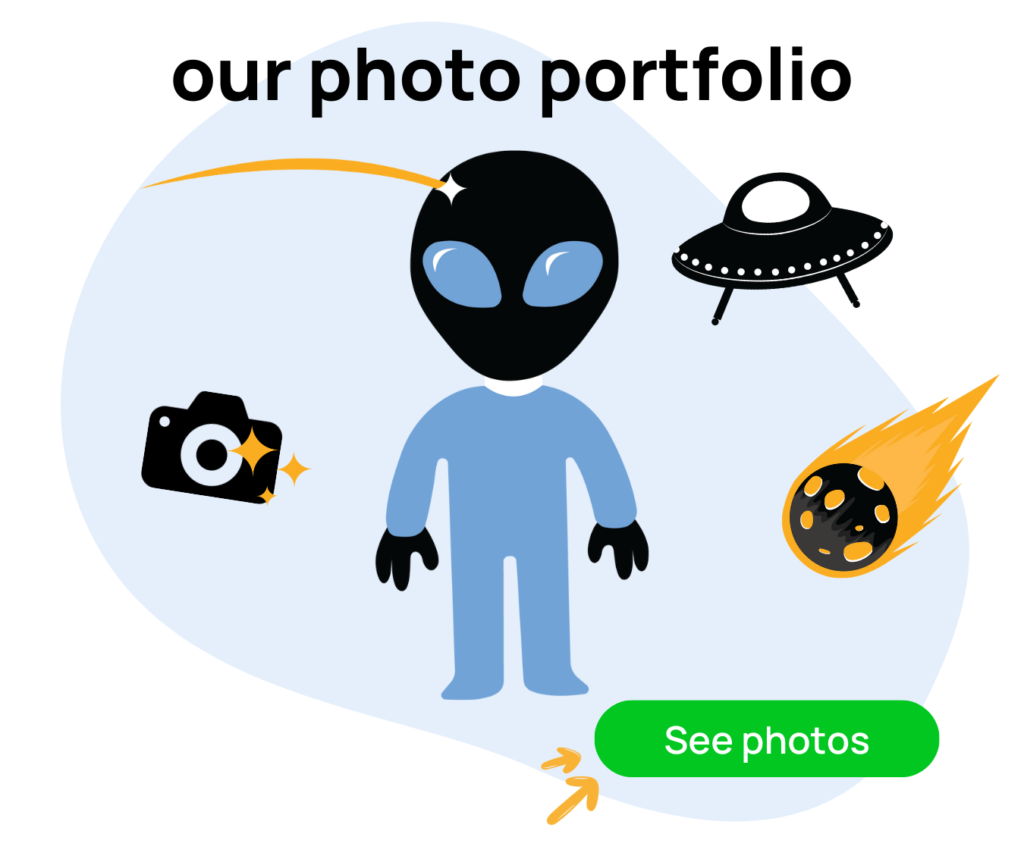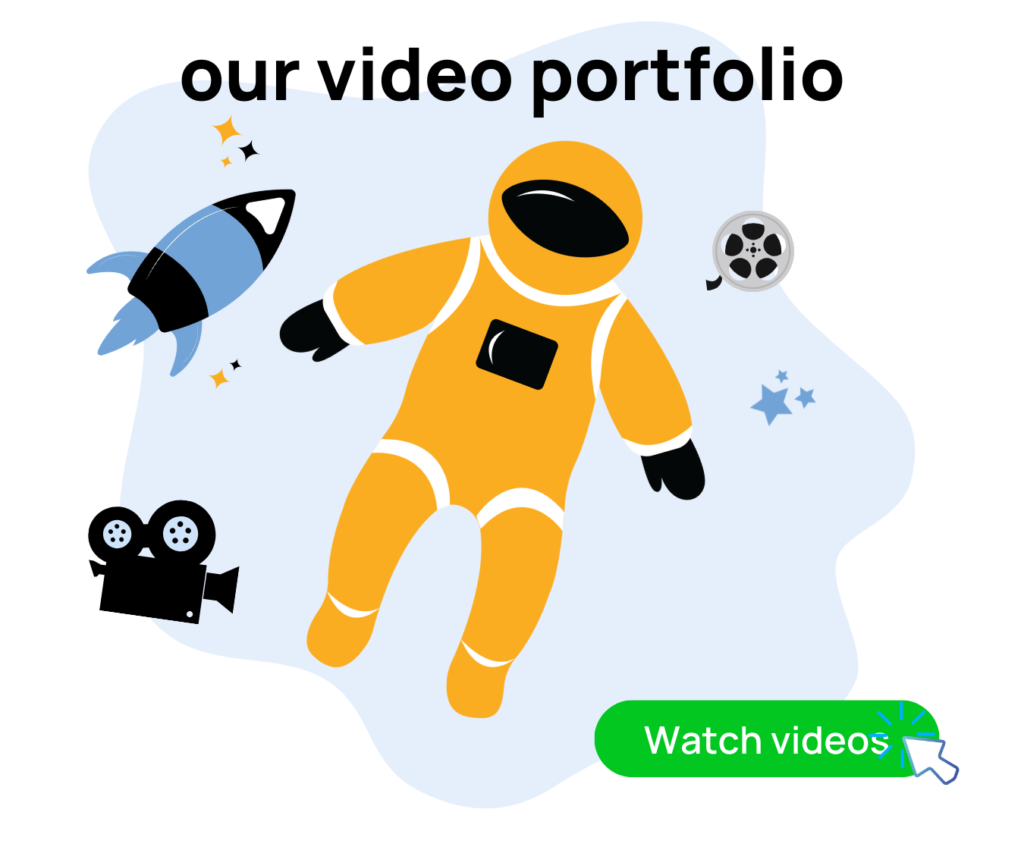Launching a new product is tedious and challenging. You need to put in extra work to ensure good performance on Amazon. This blog makes it easier. We’ve compiled best practices and Amazon product launch strategies that can help new sellers maximize output and sales in their first 90 days.
Before we jump into it, my name is Ian Smith, and I run an Amazon Marketing Agency called Evolve Media Agency.
What We Do At Evolve Media Agency
We help Amazon sellers optimize their Amazon listings with photos, videos, and copy to get their listings converting as high as possible through product photoshoots, video shoots, on and off Amazon marketing, Email Marketing, and Google Ad campaign management.
To book a free strategy and consulting call with us, visit emaamz.com.
If you’re a DIY Amazon seller and want to optimize your Amazon listing on your own, we’ve got a powerful Amazon listing checklist for you at EMAamzchecklist.com. We broke down all of the different sections of an Amazon detail page and created different sales strategies for each area of a listing. You can check these items off as you and your team implement the different sales strategies.
Now, back to the blog.
10 Essential Amazon Product Launch Strategies
As a new seller starting on Amazon, it’s crucial to set up your brand and products rightly. This is also true for established sellers who are launching a new ASIN. The first five steps in this guide identify key actions to effectively set up your product and build a solid foundation that appeals to Amazon shoppers.
This is crucial for the first 90 days of your product launch, where Amazon treats you to a honeymoon period or effect. In this timeframe, Amazon has more wind in your sales and ensures that you’re doing as best as possible with what you’ve given it in your product listing setup. You must take full advantage of this to come out with a bang; generate good sales as quickly as possible.
We also discuss off-Amazon marketing strategies that can bring in external traffic and how to scale your business after your honeymoon period. Let’s get into it!
1. Get Real-Life & Lifestyle Photos
The first step to setting up your product on Amazon is getting great pictures of your product. Obviously, you need a white background image or your main image that will show in the search results. But besides this, you need multi-colored backgrounds to add lovely texture and imagery to your product.
Your product images should also accurately represent your product and help set the shopper’s expectations. Take pictures of the product package, its details, and scale-sized images to help shoppers easily decide on your product. This helps with your product return and customer satisfaction rate.
You must also explore lifestyle images in your product photoshoots and include them on your Amazon listing. For example, if your product is a kitchen product, have a nice marble backsplash or make it look like it’s in a kitchen being used. Shoppers understand how to use your product through these images.
Lifestyle shoots are also excellent for defining a product’s audience. Suppose your product is for senior citizens, people that are over 50 years old. In that case, you should have these people in your product images. This will help sell your product since that target group can subconsciously relate to your product from just looking at the product images.
2. Get Videos Created
Videos are a highly effective and impressive investment. Generally, we recommend having at least three to five videos created for your product, but you can and should have many more than this.
You can use your product videos for long periods and in numerous on and off-Amazon marketing campaigns. You can use videos on your product detail page in your main listing among the images. And you can also use it near the bottom in a video slider. They can be Q&A’s section as an answer to a question. Videos are also excellent for sponsored videos and brand ads on Amazon. Off-Amazon, you can use them to generate external traffic from TikTok, Facebook, Instagram, and YouTube ads or put them on a landing page or website.
Good videos are an excellent resource to differentiate yourself from your competitors. Create short videos that are 6 to 15 seconds long or long videos between 30 to 45 seconds for your product launch. If you intend to run Amazon brand or video ads campaigns with your product videos, they must not exceed 45 seconds. However, we recommend getting long videos, about 1 to 2 minutes, created for your landing pages and Off-Amazon marketing campaigns.
When creating videos, be keen to include some form of social proof that can convince shoppers of your product’s validity and give it credibility. Create videos that have people using your product, sharing testimonials, or reviewing the product after purchase. You can do this with micro-influencers or even family and friends. You can also create brand videos that have you speaking about your product, describing to shoppers your product, and addressing pain points it seeks to resolve.
3. Do Keyword Research
Keyword research is also essential to establish a solid foundation. To rank correctly, ensure that the copy in your title, bullet points, and Enhanced Brand Content (EBC) are written as best possible. A little fun fact about Amazon’s EBC: they contribute little to how well you rank on amazon search results since Amazon doesn’t index them. However, they are crucial to your Google search ranking.
4. Get Brand Registered
If you’re not brand-registered on Amazon, you miss many good opportunities to market your product and convince shoppers. Beng brand-registered on Amazon means you can upload videos to your listing, design a storefront for your brand, and participate in Amazon Posts. Amazon Posts, for example, gives your brand or product a lot of free organic visibility and discoverability on the Amazon platform and mobile app.
Brand-registered sellers can also use the EBC area, a space under the main product listing that they can customize like a mini landing page. EBC is essential to new sellers with little social proof in reviews and ratings. It’s an excellent avenue to convince shoppers to get your products.
Sellers can also join Amazon’s brand referral bonus program, which works like a credit or rebate system for when you’re driving external traffic using Amazon attribution links to your Amazon listing page. Amazon adds a discount to the 15% commission fee they charge when you send external traffic to your listing through these attribution links. You can earn up to 10% off your Amazon commission fee through the brad referral bonus program.
Amazon’s brand registry is a must as a seller. It will significantly increase your conversion rates if you take advantage of all it offers.
5. Have a Coupon on Your Listing
Having optimized your product listing and launched your product. The last key step to establishing that good foundation is to add a coupon to the product. We highly recommend this for the first 30 to 60 days of your 90-day honeymoon. Coupons are excellent at pushing impulse buyers to get your product. They add a buying sense of urgency since shoppers know they won’t be there forever.
For a newly launched product with little social proof, it’s a great way to get people to jump off the fence and buy your product right away. They boost your conversion rates and help you make a good impression on Amazon’s algorithm during your 90-day lifeline period.
6. Create Product Landing Pages
You have your Amazon product page rightly set up. Now, it’s time to drive external traffic to it. Let’s start with landing pages. Here are the two forms of landing pages that you can create:
- Sales Pages: Sales landing pages usually have the product at the forefront of the landing page with a ton of social proof. They include people holding up the product and written testimonials from product users. The landing page then links off to your product page on Amazon. Sellers can then purchase directly from your Amazon after you win them over.
- Blog Pages: While sales landing pages are the more common phenomenon, you should also explore or split test with blog landing pages. These landing pages look just like a blog, a piece of content. You can design a landing page with a guide on, for example, three ways to boost your health, one of which is your product. Blog landing pages help address shopper concerns.
Landing pages are pre-sale pages that warm people up before sending them to your product page. Unlike your Amazon product listing page, you have no competitors on your landing pages to steal your clients. They are also crucial for retargeting; you can get shoppers pixeled and retarget them later. Google display and social media ads offer retargeting campaigns that remind potential customers about your products.
You can also collect email addresses for a coupon or promo code. Growing your email list through opt-ins help build a good relationship with your shoppers. They are also excellent for future product launches as you already have consumers who most likely will be interested. Whether the same product or another product in your lineup, you have a communication channel with that customer and can cross-sell anytime.
7. Run Amazon Ad Campaigns
Amazon Ad campaigns are effective at gathering impressions and boosting your conversion rates. There are numerous options available that you need to explore. Usually, we see sellers just running only the sponsored product ads. But this is not enough to generate good sales after a product launch.
Do sponsored brand ads where you have more visibility through large banners displayed at the top of product pages and search results. You can have multiple products featured in your brand ad campaigns. You can also create video ads with sponsored brand video ads, where you have a video in the actual search results. Again, you can use display ad campaigns for retargeting purposes on Amazon.
You also have the option for offense and defense types of campaigns. In defensive ad campaigns, you fill up all the ad spots on your listing, so your competitors do not appear on your listing page. This reduces the competition on your product page and increases your conversion rate. You need to run multiple types of PPC ads on and off Amazon to give you good exposure across platforms.
8. Get Amazon Attribution Set-Up
You must set up your Amazon attribution if you intend to drive external traffic to your product page. We generally recommend getting Amazon attribution set up and running Google search ads using those attribution links. As we already discussed, this gives you a discount on your Amazon commission rate. They also track conversions and share insights on how your ads are performing. Driving traffic to your Amazon listing or landing page also helps your organic Amazon ranking.
9. Join the Amazon Early Reviewer Program
Amazon introduced the early reviewer program to help sellers get initial product reviews. The offer is available to sellers with less than five reviews on product lists that cost at least $15. Enrolling in the program means Amazon can contact random shoppers that have purchased your product and ask them to leave a review on your behalf. The buyer gets a one to three-dollar voucher for leaving a review, and you pay $60 after you’ve received a review. We agree that $60 is expensive for a review, but zero reviews affect your conversion rates, and you must do something about it.
Depending on your wording, you can ask your shoppers about reviews, but it’s a gray area that could easily go against Amazon’s TOS. You cannot ask for a positive or negative review and cannot filter reviews. You can’t say, “Hey, did you like the product?” If they say yes, you say, “Okay, please give us a review.” You also can’t incentivize reviews. You can’t say, “Hey, we’ll give you a free item if you give us a review.” These are against ToS, so you need to be careful with how you go about getting reviews.
10. Have a Post-Purchase Funnel
The final part of launching a successful product on Amazon is to have a post-purchase funnel set up. This is an insert funnel where you put a little card with a QR code inside your product to offer a gift, an extended warranty, or a big discount on their next purchase. The QR code should link them to a landing page, and then you can get them to opt-in to your email list and offer good customer service afterward. This gives you a direct communication line between you and our consumers. You can market to them down the line and be able to cross-sell them other products.
On that note …
These are essential strategies for any successful product launching on Amazon. Whether you have an existing brand and are launching a new product or you’re new to Amazon, we hope you found value in this blog. Implement these strategies to get the most out of our listing in your first 90 days.
If you need help with any of this, my team and I would love to help you. Book a FREE consulting call with us at emaamz.com. We also have a FREE Amazon listing checklist that you can use to optimize your listing on your own. Thank you for reading!





